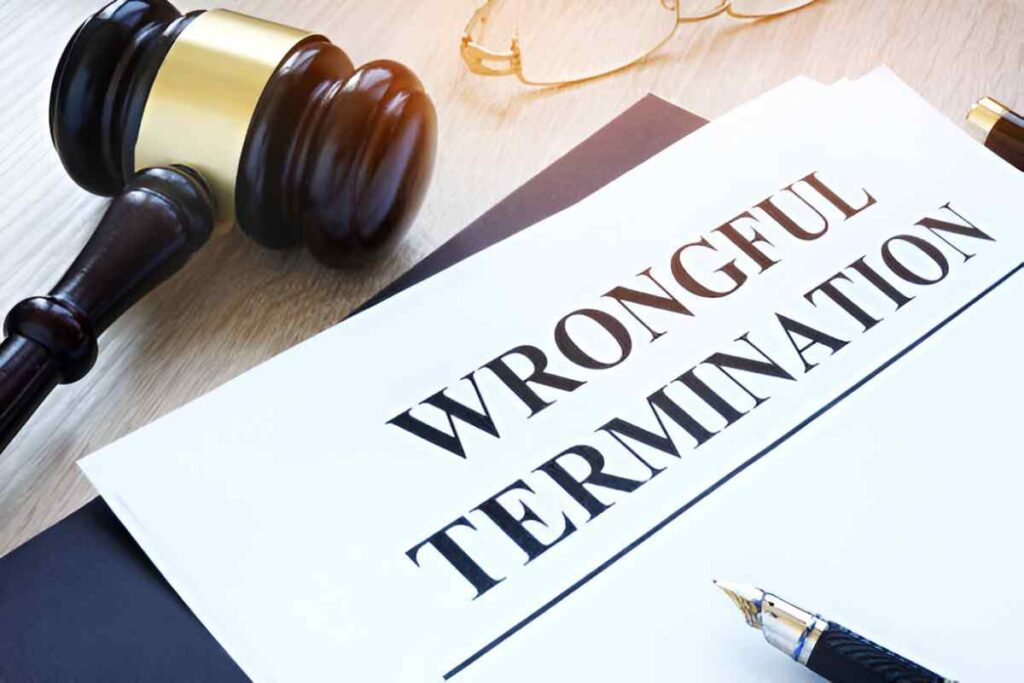Civil law governs how individuals and organizations interact in matters outside of criminal conduct. It addresses obligations, rights, and remedies for people who suffer harm from another person or entity. I wrote this article to share a comprehensive understanding of civil law in the United States. I’ll cover the core principles, structure, types of civil law, and concrete examples that make this body of law essential for ensuring fairness and accountability.
Table of Contents
What Is Civil Law?
Civil law is the branch of law that deals with non-criminal disputes between individuals, businesses, or governmental entities. These disputes often involve contracts, property, family matters, and torts. When I say civil law, I’m referring to the legal framework that allows one party to sue another for compensation or relief. Unlike criminal cases, which involve the state prosecuting a person for violating laws, civil cases arise when one party believes another has wronged them.
Key Characteristics of Civil Law
- Private Disputes: Civil law deals with disputes between private parties.
- Burden of Proof: The burden of proof is “preponderance of the evidence,” which means more likely than not.
- Remedies: Usually monetary compensation or specific performance.
- No Jail Time: Defendants in civil cases are not incarcerated.
Principles of Civil Law
Civil law rests on several foundational principles. Understanding these helps make sense of how courts resolve disputes.
Principle of Liability
Liability is central to civil law. A person or entity can be held liable for causing harm or breaching an agreement. There are three primary forms:
- Strict liability: No intent or negligence is required
- Negligence: Failure to take reasonable care
- Intentional torts: Deliberate actions that cause harm
Doctrine of Precedent
In the US, civil law operates within the common law system, but many doctrines rely on precedents. Courts follow earlier rulings to maintain consistency unless compelling reasons exist to deviate.
Principle of Compensation
The injured party should be made whole. This may include:
- Economic damages: Medical bills, lost wages
- Non-economic damages: Pain and suffering
- Punitive damages: To punish egregious conduct
Contractual Autonomy
Parties are generally free to enter into agreements. Courts uphold contracts as long as they meet legal standards:
- Offer
- Acceptance
- Consideration
- Legal purpose
- Capacity
Comparison Between Civil and Criminal Law
| Feature | Civil Law | Criminal Law |
|---|---|---|
| Purpose | Resolve disputes | Punish crimes |
| Initiator | Private party | Government |
| Outcome | Compensation | Incarceration or fines |
| Standard of Proof | Preponderance of the evidence | Beyond a reasonable doubt |
| Examples | Breach of contract, defamation | Theft, assault, murder |
Types of Civil Law
Civil law covers several legal areas. Each has its own rules and procedures.
Contract Law
I often deal with cases involving broken agreements. Contract law ensures that promises made under enforceable agreements are honored.
Example: Let’s say I paid $10,000 for a car that was never delivered. I can sue for breach of contract. If I prove the contract existed and the other party failed to perform, the court can order a refund or delivery of the car.
Tort Law
Torts are civil wrongs that cause harm. These include negligence, defamation, and intentional infliction of emotional distress.
Example with Calculation: If someone injures me in a car accident, and I incur $5,000 in medical expenses and $2,000 in lost wages, plus $3,000 in pain and suffering, the damages can be calculated as:
Property Law
This branch covers real and personal property. It includes ownership rights, leases, easements, and zoning issues. For example, if my neighbor builds a fence on my land, I can sue to remove the encroachment.
Family Law
Family law addresses divorce, child custody, alimony, and adoption. The court seeks the best interest of children in custody battles and uses specific formulas for alimony or child support.
Child Support Formula (Simplified):
\text{Monthly Support} = \text{Non{-}Custodial Income} \times 0.25Probate Law
Probate handles wills, estates, and guardianships. If someone dies without a will (intestate), the court distributes the estate according to state law.
How Civil Lawsuits Work
Filing a Complaint
A lawsuit starts when I file a complaint in civil court. The complaint outlines the legal grounds, facts, and relief sought.
Service and Response
The defendant must be formally served. They then file an answer or motion to dismiss.
Discovery
Both parties exchange evidence through:
- Interrogatories
- Depositions
- Requests for production
Pre-Trial Motions
Either side can file motions to resolve parts of the case. For example, a motion for summary judgment argues no need for a trial because the facts are clear.
Trial
If the case goes to trial, both sides present evidence and arguments. The judge or jury delivers a verdict.
Appeals
Losing parties can appeal the decision to a higher court, though appeals are based on legal errors, not factual disputes.
Real-Life Case Studies
Case Study 1: Breach of Contract
A freelance designer sues a client for non-payment. The court finds that a valid contract existed and the client failed to pay $5,000. The court awards full compensation.
\text{Judgment} = \text{Invoice Amount} = \$5{,}000Case Study 2: Negligence Claim
An elderly woman trips on a broken sidewalk in front of a business. She suffers a fractured hip. Her medical bills are $20,000, lost wages $5,000, and pain and suffering $15,000. The court finds the business 80% at fault.
\text{Total Damages} = \$20{,}000 + \$5{,}000 + \$15{,}000 = \$40{,}000 \text{Business's Liability} = 0.8 \times \$40{,}000 = \$32{,}000Enforcement of Civil Judgments
Winning a case doesn’t guarantee payment. The court may enforce judgments through:
- Wage garnishment
- Liens on property
- Bank account levies
Limitations and Challenges
Statute of Limitations
Each type of civil case has a time limit. For example, personal injury claims must be filed within two years in many states.
Legal Costs
Civil cases can be expensive. Legal fees, court costs, and expert witness fees add up. Many plaintiffs rely on contingency arrangements.
Collectability
Sometimes, the defendant lacks the assets to pay. Even with a judgment, recovery may be difficult.
Civil Law and the U.S. Economy
Civil law shapes how businesses operate. Strong contract enforcement fosters trust. Tort law incentivizes safety. Family law affects workforce mobility. These impacts ripple across sectors.
| Legal Area | Economic Impact |
|---|---|
| Contract Law | Encourages commerce and innovation |
| Tort Law | Reduces harmful practices |
| Property Law | Clarifies ownership, promoting investment |
| Family Law | Affects labor supply and social stability |
Final Thoughts
Civil law is not just a set of rules; it’s a tool for balancing interests in a fair, orderly way. I find that understanding its structure and principles helps me navigate disputes calmly and strategically. From contracts to injuries to property claims, civil law offers pathways for justice and resolution. For anyone dealing with a civil matter, knowing your rights and obligations can empower you to make informed decisions. The real strength of civil law lies in its capacity to provide relief without resorting to criminal prosecution—a cornerstone of the American legal landscape.





